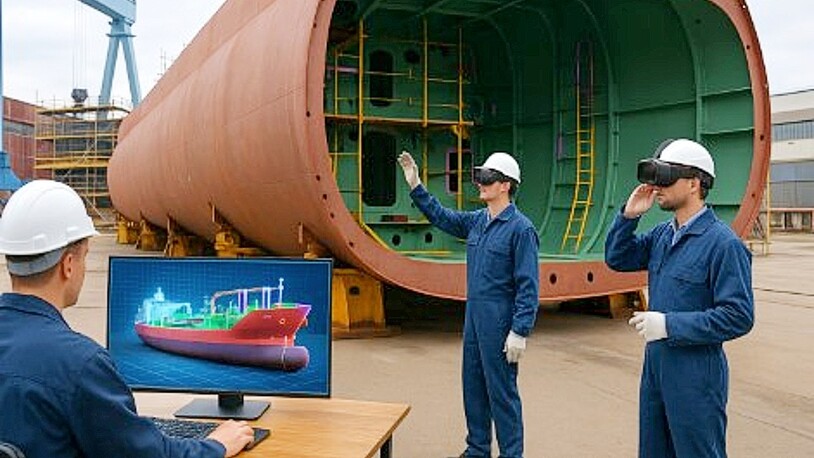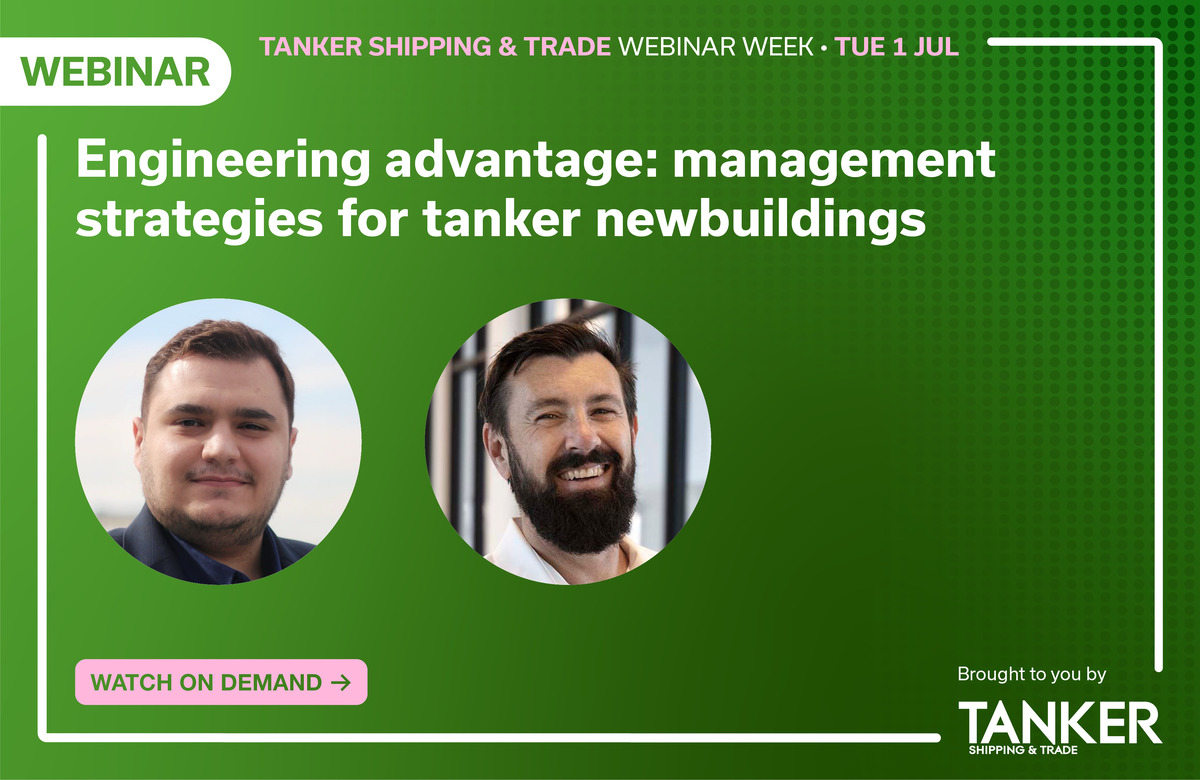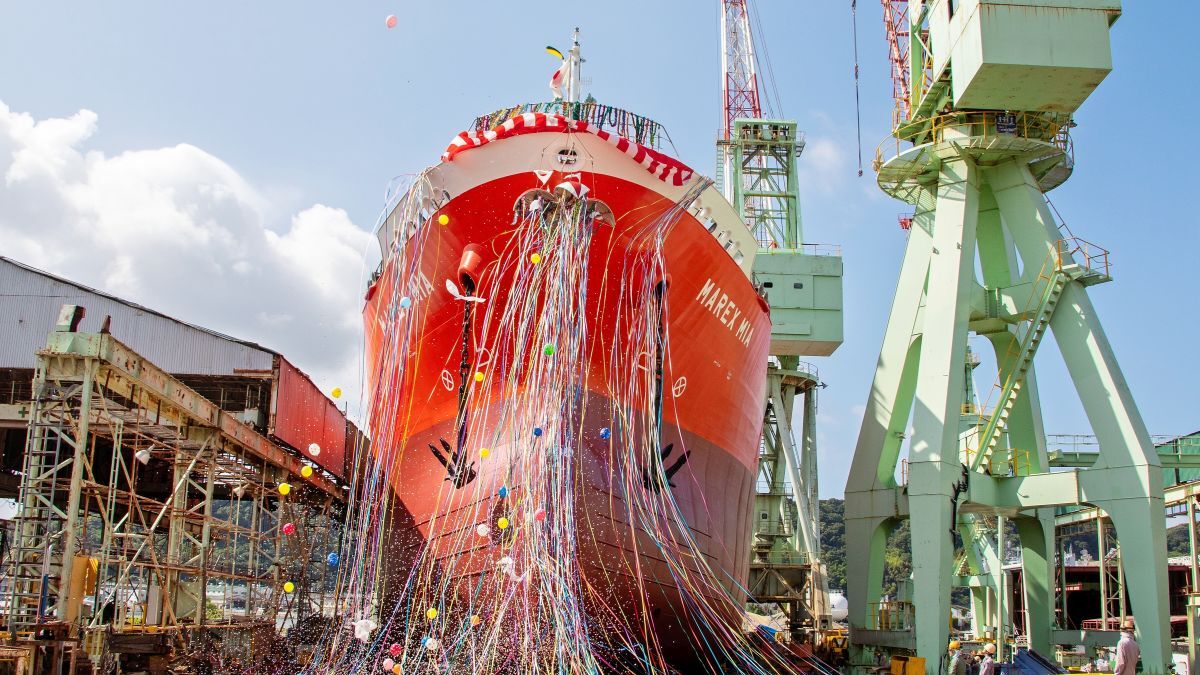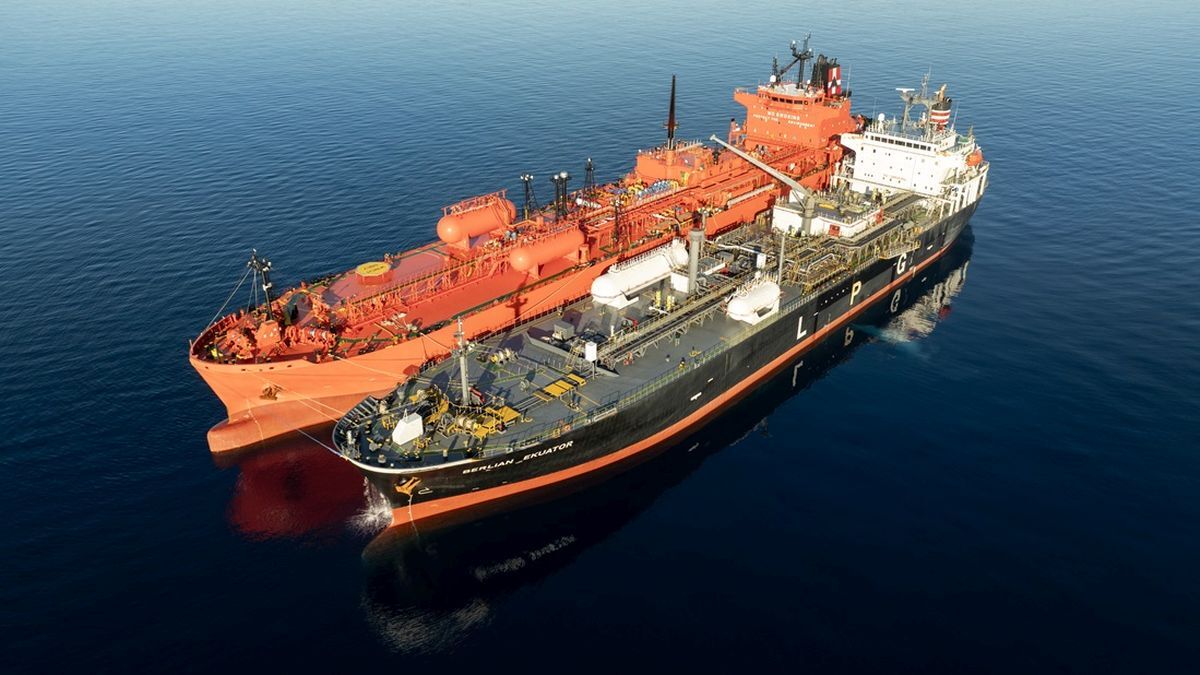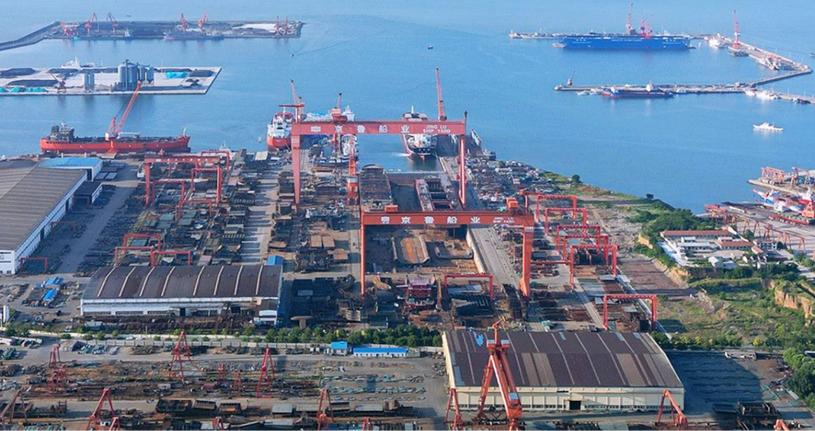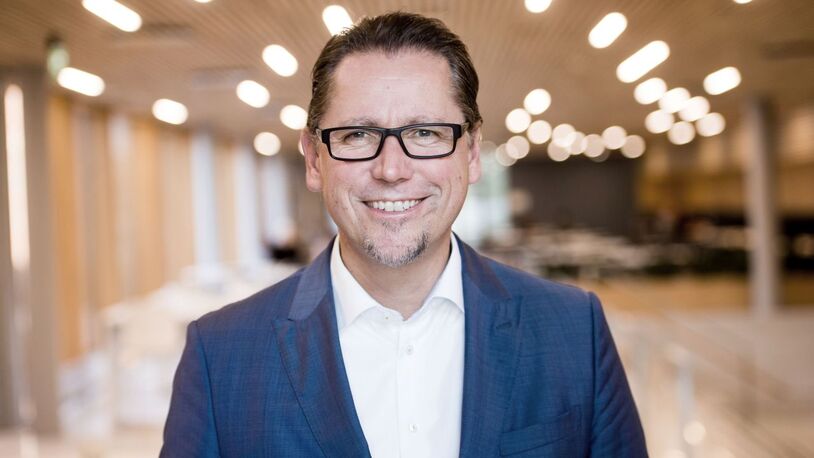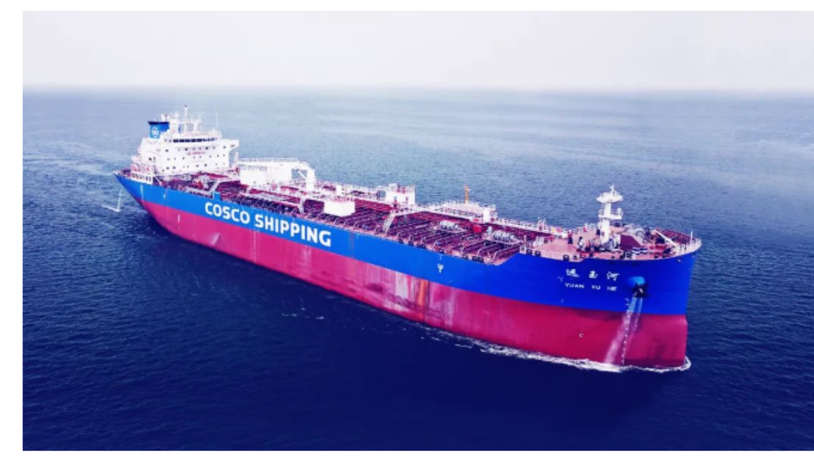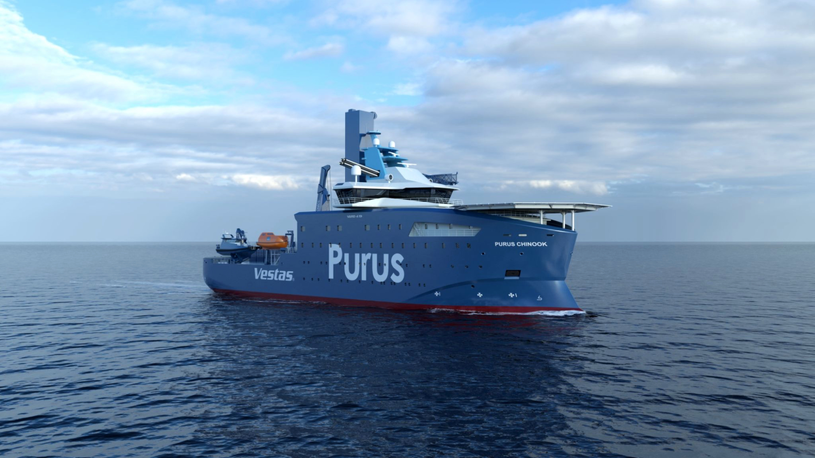Business Sectors
Events
Contents
Register to read more articles.
Integration, not innovation, drives newbuild advantage
Newbuilding strategies are shifting, with engineering integration – across specification, yards, digital tools and compliance – emerging as the critical differentiator
The tanker sector is witnessing a renewed wave of newbuilding activity, driven not only by replacement demand and environmental compliance but also by an increasingly integrated approach to vessel design and construction.
Speaking during the webinar, Engineering advantage: management strategies for tanker newbuildings, Atlantis Tankers Group chief technical officer Captain Farbod Assadpour said owners had returned to the newbuilding table with a markedly more structured and forward-looking strategy.
“The real engineered advantage lies in how well everything is integrated – specification, yard control, digital alignment and sustainable design,” said Capt Assadpour.
He noted while strong freight earnings and an ageing fleet had spurred new orders, today’s market conditions required technical managers to take a more upstream role in design and yard engagement.
“Precontract specification and risk filtering are receiving sharper attention. Items such as hard-coating, separation systems and dual-fuel readiness are being locked in at the earliest stages,” he said.
Yard selection has become increasingly critical, as many shipyards now involved in tanker newbuildings are either new entrants or have inconsistent track records. To mitigate the risks, owners are engaging classification societies earlier and embedding quality assurance from the outset.
According to Capt Assadpour, engineering-led decision-making is replacing the capex-driven approaches of the past, “Spec development is now about lifecycle performance, not just choosing from a makers list,” he said.
Newbuilds are also incorporating features such as waste heat recovery, optimised rudder systems and low-friction coatings as part of the base build.
Computational fluid dynamics modelling has become standard in hull optimisation, while some operators are using full-scale testing to refine appendage performance. “Even a 1–2% improvement can yield meaningful fuel savings over 20 years,” Capt Assadpour said.
Digital tools are now embedded in newbuilding strategies, not as ancillary support but as core enablers of efficiency and quality control. Model-based design and digital twins allow layout conflicts to be detected early and simulate system behaviour prior to steel-cutting.
Site teams are operating paperless, with real-time progress reports and quality checks shared across stakeholders, including classification societies.
“This improves transparency and helps keep projects on track despite today’s fragmented yard environment,” Capt Assadpour noted.
On compliance, Capt Assadpour said alternative fuel readiness was being built in from the start, particularly in methanol- and ammonia-ready designs. “This is reflected in tank layout, piping and engineroom arrangement,” he said.
While none of the energy-saving devices on offer can solve decarbonisation challenges alone, collectively they play a role in easing compliance with IMO’s Energy Efficiency Existing Ship Index (EEXI) and Carbon Intensity Indicator (CII) frameworks.
Supervision practices have also evolved, with structured factory acceptance protocols and post-trial audits replacing earlier generations’ “hasty handovers and poorly tracked guarantees.”
Common early failures, such as missing documentation or incomplete crew training, are being addressed through improved digital documentation and mandatory dry runs before delivery.
Bureau Veritas global market leader tankers Robert Elliot echoed the focus on operational flexibility and lifecycle optimisation, “Shipowners need to define what their asset strategy is. If it is short-term, the choices on fuel and technology will differ markedly from a 25-year strategy,” he said.
Mr Elliot highlighted the need for vessels to be designed with future retrofits in mind, “You do not need to select a single fuel from day one. Prepare the vessel with cable ducting, reinforced decks, space allocation – then adapt as infrastructure and technology evolve,” he said.
His presentation also referenced nuclear propulsion, which he suggested could be commercially viable for deepsea trades by 2040.
Polling during the session, however, revealed audience hesitation.
Just one-quarter of respondents believed nuclear propulsion would be essential by then, with half considering it too challenging from a regulatory and public acceptance standpoint.
On digitalisation, most attendees were “somewhat confident” 3D modelling and centralised data platforms would reduce change orders.
Modular construction continues to divide opinion, with concerns raised over the potential loss of cargo-specific customisation, particularly acute in the chemical segment.
Capt Assadpour addressed these concerns directly. He said design complexity could be confined to the cargo areas through smart zoning, allowing standardisation elsewhere. He added while cargo heating must remain independent from waste heat systems, the two could be integrated effectively through precise system boundaries. He concluded by warning the green transition could drive a bifurcation in vessel deployment.
“We will see ships optimised for a few advanced ports, and another fleet serving regions without the infrastructure to support the green transition,” he said, “The challenge is not to be the best ship today, but to build one ready for tomorrow’s uncertainty.”
Related to this Story
AI, digital twins help design cyber-secure, green SOVs
Events
Offshore Support Journal Conference, Americas 2025
LNG Shipping & Terminals Conference 2025
Vessel Optimisation Webinar Week
© 2024 Riviera Maritime Media Ltd.


